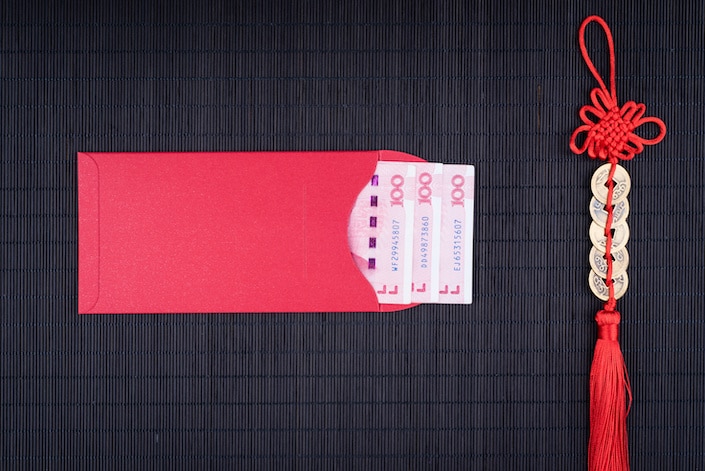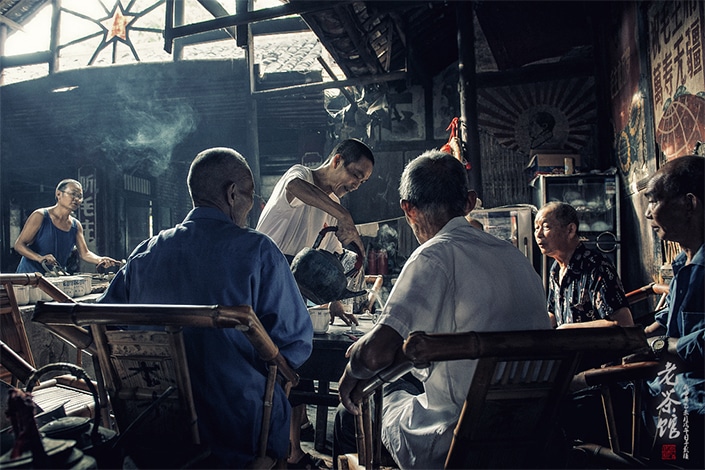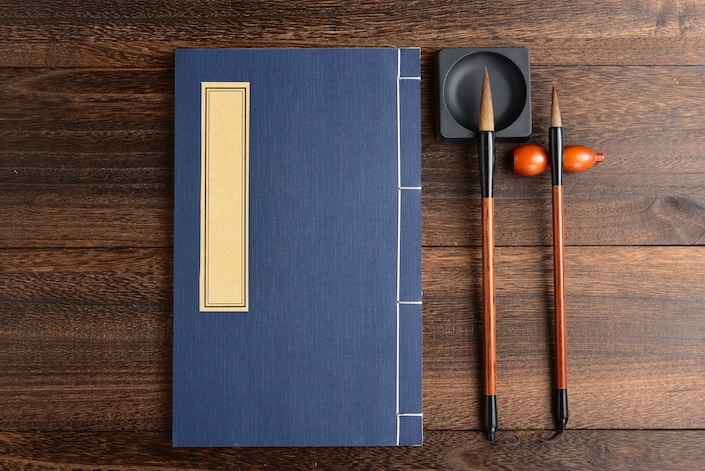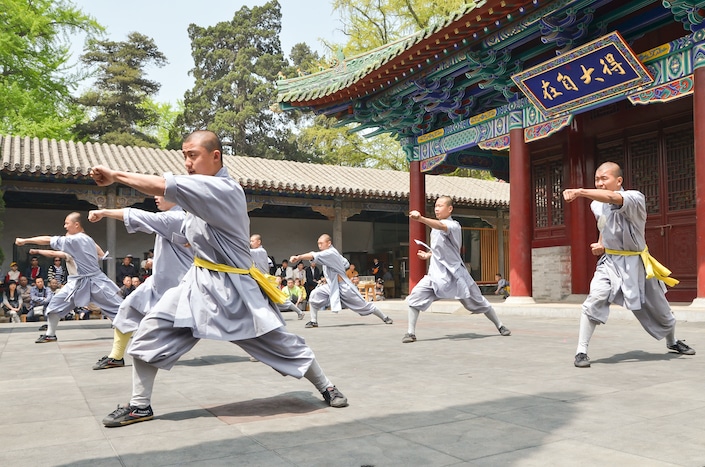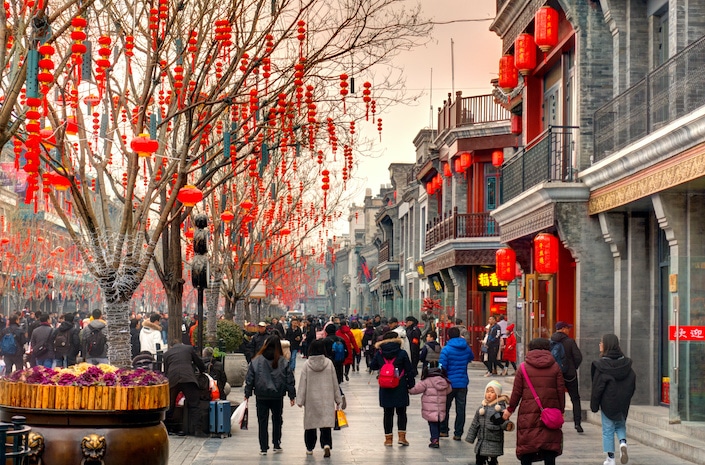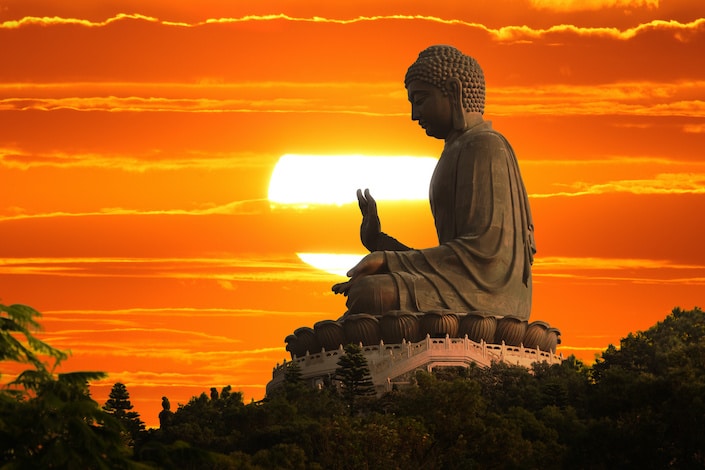China Time Zones: Times Are a-Changin'
Learn Chinese in China or on Zoom and gain fluency in Chinese!
Join CLI and learn Chinese with your personal team of Mandarin teachers online or in person at the CLI Center in Guilin, China.
China spans more than 3,250 miles (5,250 km) from east to west and shares borders with 14 countries means. You may wonder, then, how China possibly only has one official time zone. Confused? Read on!

What time is it, anyway?
The fact that China only officially has one time zone, commonly known as “Beijing time,” leads to some strange situations.
If you thought that the midnight sunrise was the exclusive preserve of the Nordic countries then think again. How about experiencing a stargazing session just before noon from a balcony in Ürümqi? Or watching the Kashgar horizon glow with the radiance of a “sunset” at 11 AM?
The Wakhjir Pass, China’s glancing border with Afghanistan, has the most dramatic shift in time of any international land frontier. Standing on the Chinese side your phone will show UTC +08:00, take one step west into Afghanistan and suddenly the clock flashes UTC +04:30.
One small step for man, one giant three-and-a-half-hour leap for mankind.
These are just some of the irregularities that China’s gigantic single time zone causes. But just how did Chinese time get into this strange position? To understand that, we must start at the very beginning.
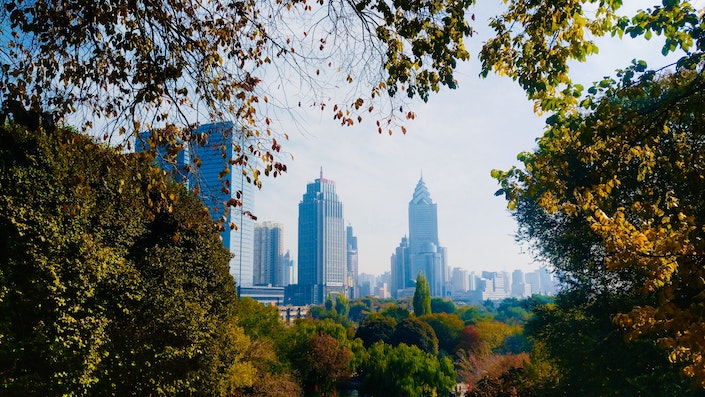
Urumqi and other cities in China’s far northwestern regions have their own unofficial time zone.
Time in pre-modern times
The oft-repeated comment about China having “5,000 years of history” (五千年的历史 wǔqiān nián de lìshǐ) that one hears bandied about really is true. This means that the Chinese have been figuring out ways to tell time for as long as anyone.
As you might expect, Chinese timekeeping methods have varied over the millenia.
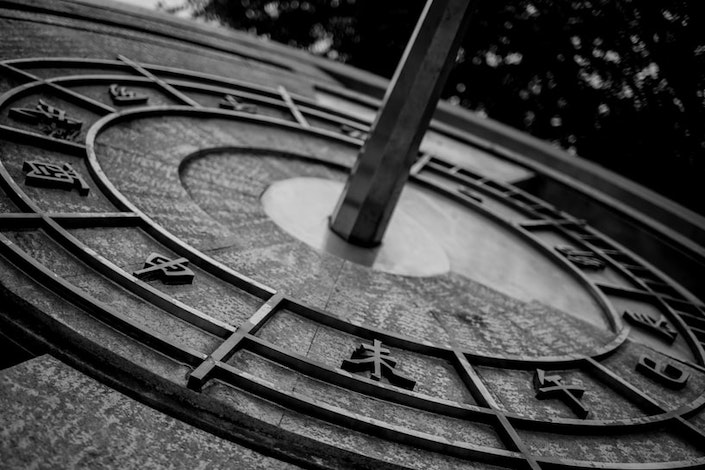
The history of Chinese time-keeping is almost as long as Chinese history itself.
Ancient time: Water and incense
Ancient Chinese texts contain detailed accounts of time divisions that were bewilderingly intricate, dividing and subdividing the amount of time in a day. Some of these early systems would measure the time that elapsed between one midnight and the next. Archeological evidence also shows that commoners made use of sundials to tell time.
Ancient China’s many drum towers (鼓楼 gǔlóu) provided another method for telling time. These drum towers, many of which still exist, were built in the centers of many ancient Chinese cities. Perhaps the most notable example is the renowned Drum Tower of Beijing.
Much like the tolling of the bells in European cities, the resounding sound of the drum bellowing from the upper floors of the tower was a clear indication for all in the city of what time it was.
In addition to drums, the ancient Chinese also told time with a couple of ingenious ancient clocks. Indeed, these ancient Chinese clocks were some of the first—arguably the first—clocks that were ever invented.
Water clocks, or 水钟 (shuǐzhōng), were one popular type of ancient clock. They were intricate devices that measured how long it would take for water to gradually drip through a mechanism. The water clock was said to be one of the inventions of the legendary Yellow Emperor.
Another unique method that existed alongside the water clock was the 香钟 (xiāngzhōng), or “incense clock.” This ingenious contraption would use the steady heat of a burning stick of incense to gradually burn through threads that were attached to metal weights. As the threads were severed by the heat of the incense at regular intervals, one by one, they would drop their respective metal weights into a copper bowl, making a loud gonging sound to indicate the time.
These venerable methods, created in the days of the Han dynasty, were subsequently elaborated and expanded by the Han’s successor dynasties, particularly the Song, Ming, and Tang.
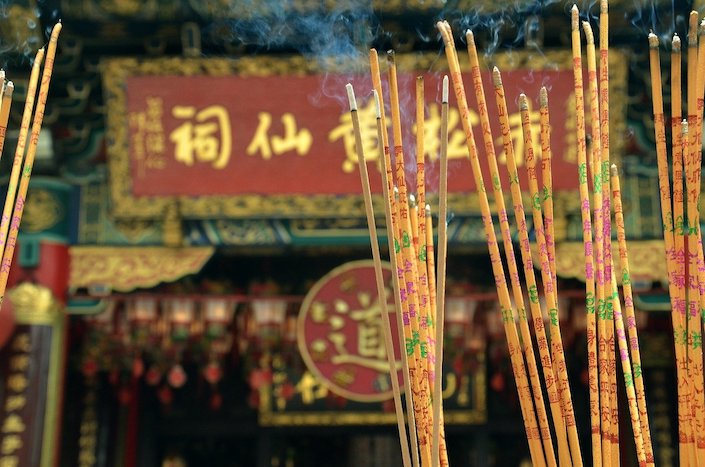
Some innovative ancient Chinese time-keeping devices used incense to keep track of time.
Imperial time: Cuckoo for cuckoo clocks
In the waning years of the 18th century, China had become known as a notoriously difficult nut to crack among European traders desperate to gain access to the giant Chinese market—not to mention silk and tea.
In 1793, the Qianlong Emperor rebuffed British commercial advances by remarking in a letter to his counterpart in London, King George III, that China was not interested in trading with the United Kingdom because, in point of fact, the British had nothing the Chinese wanted.
Tranquilly, the Son of Heaven commented:
“We possess all things. I set no value on objects strange or ingenious, and have no use for your country's manufactures.” He went on to add, “Our Celestial Empire possesses all things in prolific abundance and lacks no product within its own borders. There was therefore no need to import the manufactures of outside barbarians in exchange for our own produce.”
This comment notwithstanding, the expansive Hall of Clocks in the Forbidden City is a testament to an exception to that proud sentiment.
Indeed, there seemed to be one barbarian-made item that excited the Imperial Household. The emperor was possessed by an inordinate love of European clocks. Even today, the Forbidden City’s Hall of Clocks overflows with every kind of western horological invention imaginable, from impossibly sophisticated cuckoo clocks to towering grandfather clocks.
The emperors’ love of clocks was not the Qing equivalent of a Star Wars memorabilia collector’s craze, however. Instead, it stemmed from a deep desire to harness that most slippery of substances: time itself.
More than being beautiful pieces of machinery, the emperors’ believed that the intricate British, Dutch, Swiss, and French clocks were in some way an expression of and means to control the movement of time.
He who measures time with precision, masters it—or so the thought went.
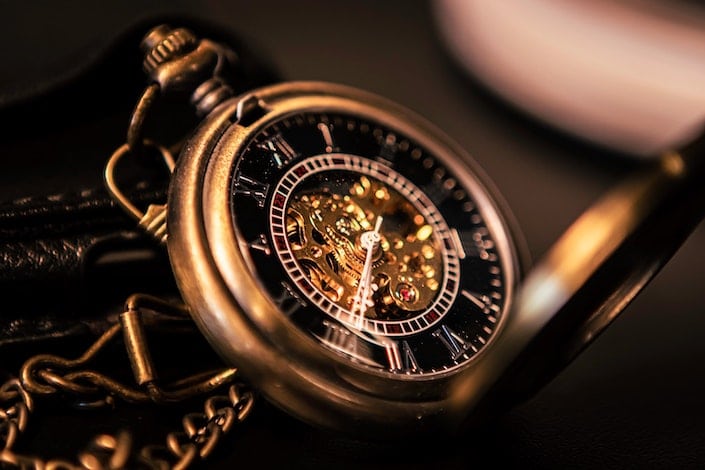
The Qing emperors were fascinated by European clocks.
Republican time: 1918-1949
Unfortunately, the Qing dynasty’s rulers did not succeed in their endeavors to dam the flow of time. In fact, they were submerged by it.
At the end of the 19th century, after an uninterrupted string of humiliating military defeats and economic crises, the decaying Qing dynasty finally collapsed and China was soon gobbled up by colonial magistrates and venal warlords.
Into this tumult strode the man who is still recognized as the father of the nation, Sun Yat-sen.
Bringing order to the chaos, he helped to found the Republic of China. Not content to merely be the founder of a new set of political institutions, he also set out to become the founder of a new temporal regime.
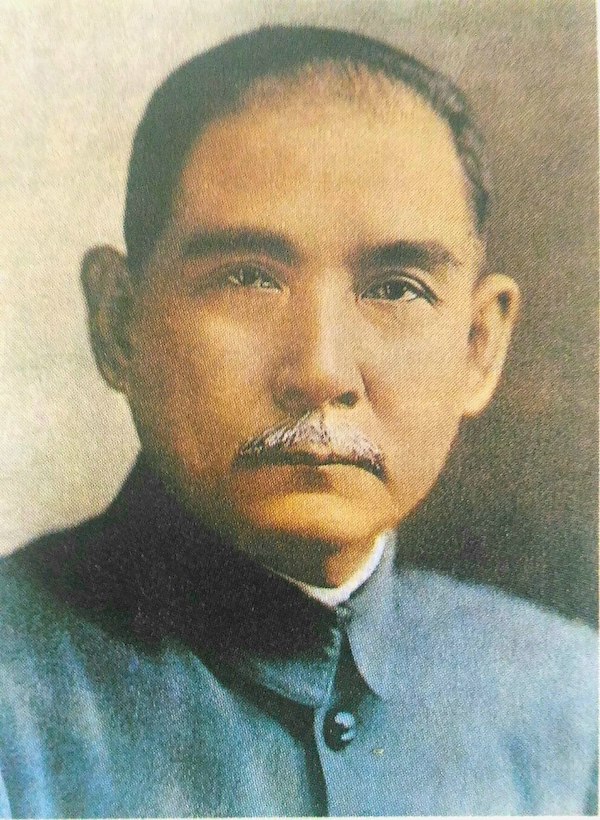
Sun Yat-sen divided the Republic of China into 5 different time zones.
Taking his cue from his western peers and fellow modernizers, Sun Yat-sen and the Republican leaders installed 5 time zones across the vast expanse of the country.
These time zones, which make use of the pre-Hanyu Pinyin (汉语拼音 Hànyǔ Pīnyīn) spellings popular at the time, were as follows:
- Changpai Time - UTC+08:30 (长白时间 Chǎngbǎi Shíjiān)
- Chungyuan Time - UTC+08:00) (中原标准时间 Zhōngyuán Biāozhǔn Shíjiān)
- Kansu-Szechuan Time - UTC+07:00) (甘肃-四川时间 Gānsù-Sìchuān Shíjiān)
- Sinkiang-Tibet Time - UTC+06:00 (新疆西藏时间 Xīnjiāng-Xīzàng Shíjiān)
- Kunlun Time - UTC+05:30 (昆仑时间 Kūnlún Shíjiān)
These five time zones were segmented by the Republican government so as to allow the Chinese citizens living in each zone a convenient and regionally appropriate framework for conducting social, religious, and legal activities.
However, these newly-minted time zones were not long for this world.
China’s island neighbor to the east had embraced a virulent and expansionary form of militarism. The Japanese Empire was hungry to incorporate China, along with much of Asia, into what it euphemistically called the “Greater East Asia Co-Prosperity Sphere.”
War was in the air.
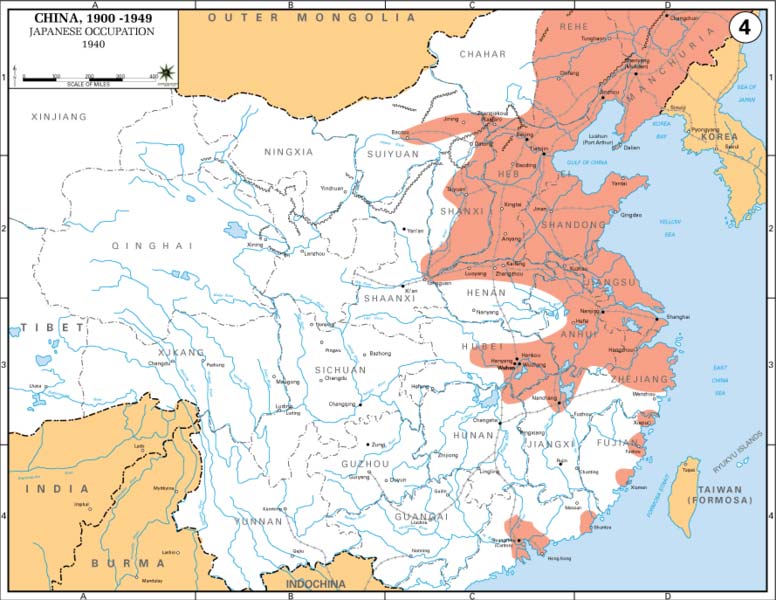
In the lead-up to World War II, Japan conquered large swaths of China.
Wartime: Japan Standard Time
As the Empire of the Rising Sun planted its banner over more and more territory, from the Korean peninsula to mainland China, increasingly large swathes of Asia began to be at least nominally governed under “Japan Standard Time.”
As a gesture of dominance and to ease the functioning of the imperial bureaucracy, the rulers of Japan instituted a uniform time zone over the entirety of their territory.
The Chinese government, based at that time in the provisional wartime capital of Chongqing, resisted. Riven though it was by internal divisions between the communist and nationalist factions, it reached a consensus on measuring time. After some deliberation, it was decided that for the duration of the war, China would exclusively use the Kansu-Szechwan time zone. This zone corresponded to the geographical location of Chongqing, making it the logical choice.
That being said, the importance of these time zone distinctions is perhaps somewhat contrived.
Terrified Chinese civilians fleeing into Chongqing’s air raid bomb shelters (some of which have since been transformed into charming Hot Pot restaurants!) were probably not much bothered by the question of which time zone they happened to be living in.
After a long and bitter conflict, the Japanese invaders were eventually expelled from Chinese soil. This, however, did not bring the long-desired peace. As one war ended, another began.
The long simmering, barely concealed tensions between the nationalists and communists spilled over into the conflagration of the Chinese Civil War.
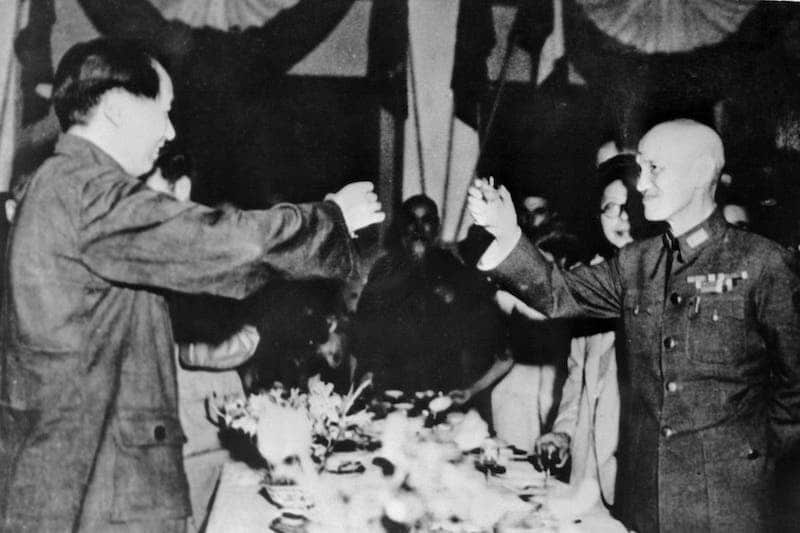
Mao and Chiang Kai-shek briefly put aside their differences to join forces against Japan.
The People’s time: China Standard
1949 is the year that transformed Chinese time into what it is today.
With the end of the war against the Japanese—as well as the conclusion of the civil war—the time had come for a change. The five time zones of Republican-era China were swept into the dustbin of history and replaced by what was dubbed Beijing Time or China Standard Time (北京时间 Běijīng shíjiān).
The Chairman sets his watch
Chairman Mao Zedong was at the helm of the victorious communists and was the chief engineer of the new time zone.
His reasons for this reform were manifold. One of the biggest was simply to bring unity to a nation that had been in a state of agonizing disunity for its entire modern existence. Mao believed that giving the country a single time zone would also give rise to a more cohesive national identity and forge a sense of common purpose.
Another reason for the establishment of the new time zone was that it was seen as a way of breaking with the past and crystalizing the significance of the founding of the People’s Republic of China (PRC).
In ancient China, the coming of a new dynasty was heralded by a fresh imperial color (black for the Qin, Yellow for the Tang, etc.) and a new element (Fire, Earth, Water, Wood, etc.). The new imperial color would be used in everything from military banners and tassels to cushion embroidery and hairpins.
Similarly, with the advent of the PRC, not only did the flag of the nation change to crimson, but time itself was transformed to reflect the vision of the newfound unity of the Chinese nation.
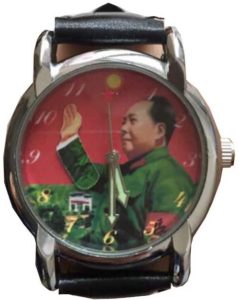
Under Mao, the People’s Republic had only one time zone.
Time is money
It was 1986 during the heady days of Deng Xiaoping’s “Reform and Opening” (改革开放 Gǎigé Kāifàng) when the PRC adopted daylight savings time (DST).
The main impetus behind the change was to conserve energy. Research carried out by Peking University showed that DST would save China more than 2 billion kilowatt hours of energy per year—simply by moving the clock backwards and forwards an hour!
Adopting DST was also seen as a way to further indicate Beijing’s commitment to embracing global commercial norms. The adoption of DST was meant to be a clear signal to the wider world: China was open for business.
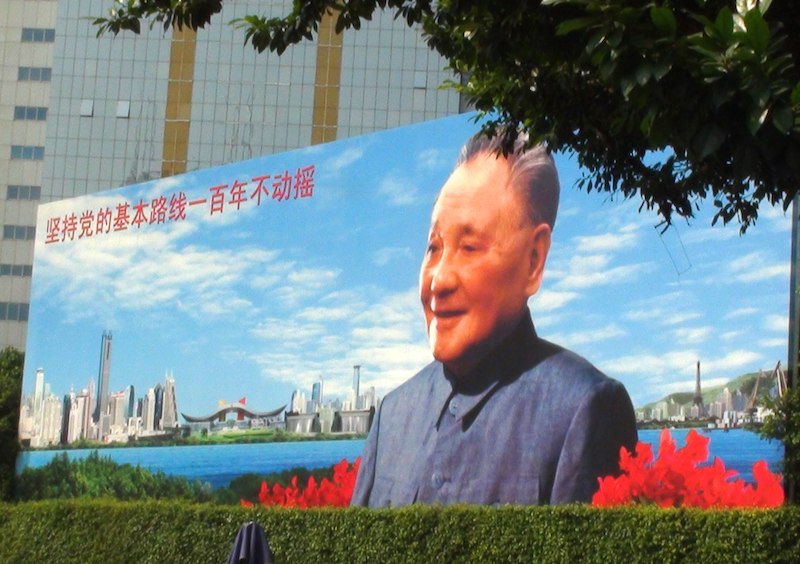
China briefly tried out the idea of daylight savings time during the Deng Xiaoping era.
With these two enticements in mind, China embarked on its DST adventure.
It did not go well.
Both factory workers and white collar employees, particularly those in southern provinces closer to the equator which did not benefit from the shift, were quick to grumble. Many in trade hubs such as Guangzhou simply paid lip service to DST but retained their normal operating hours.
This caused scheduling pandemonium, and great confusion over meeting times ensued. Officials and investors would have to second guess themselves, asking:
“Is this Shenzhen business meeting following DST… or not?”
By the end of 1992, the central government called it quits. Daylight savings time had come to the end of its short life in China.
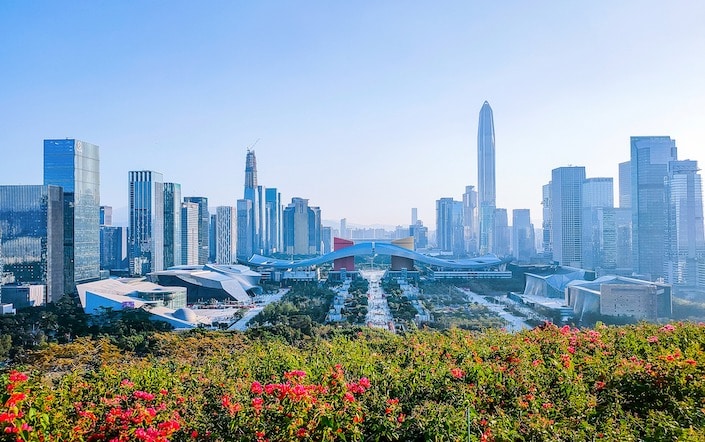
Daylight savings time was ultimately rejected by workers in southern China.
For the time being
Since the DST hiccup, little has changed in terms of time and time zones in China.
While having a single time-zone is certainly convenient, the great geographical distance between Beijing and the far western regions of the country has led to the emergence of an unofficial extra time zone. Sometimes used by locals in the westernmost province of Xinjiang, it is known as Xinjiang Time (Xīnjiāng Shíjiān 新疆时间) or Ürümqi Time (Wūlǔmùqí Shíjiān 乌鲁木齐时间), and is set 2 hours behind Beijing time.
Hong Kong and Macau both also have technical control over setting their own time zones but, because of their proximity to the capital, they participate in the single (Beijing) time zone.
With these partial exceptions in mind, you can reliably set your watch anywhere in mainland China to Beijing Standard Time and know that you won’t be late for your meeting.
Greetings, time traveler!
If you’re keen to explore further, consider arranging a visit to CLI! An educational stay at CLI will provide you a once-in-a-lifetime chance to enjoy cultural, linguistic, and culinary immersion. We’ll help you set your watch to Beijing Standard so you’ll never be late during your stay with us.
Alternatively, become a time traveller! Brave the time zone difference between your home country and China by booking an online Mandarin class with one of our stellar instructors.
Whether face-to-face or virtually, it’s about time we welcome you to Guilin!

Learn more about Chinese culture by studying at CLI.
China time zones vocabulary
| Hànzì | Pīnyīn | Definition |
|---|---|---|
| 五千年的历史 | wǔ qiān nián de lìshǐ | 5,000 years of history |
| 水钟 | shuǐzhōng | water clock |
| 香钟 | xiāngzhōng | incense clock |
| 汉语拼音 | Hànyǔ Pīnyīn | Mandarin pinyin |
| 长百时间 | Zhǎngbǎi Shíjiān | Changpai Time |
| 中原标准时间 | Zhōngyuán Biāozhǔn Shíjiān | Chungyuan Time |
| 甘肃-四川时间 | Gānsù-Sìchuān Shíjiān | Kansu-Szechuan Time |
| 新疆-西藏时间 | Xīnjiāng-Xīzàng Shíjiān | Sinkiang-Tibet Time |
| 昆仑时间 | Kūnlún Shíjiān | Kunlun Time |
| 北京时间 | Běijīng Shíjiān | Beijing Time; China Standard Time |
| 改革开放 | gǎigé-kāifàng | Reform and opening |
| 新疆时间 | Xīnjiāng Shíjiān | Xinjiang Time |
| 乌鲁木齐时间 | Wūlǔmùqí Shíjiān | Ürümqi Time |



